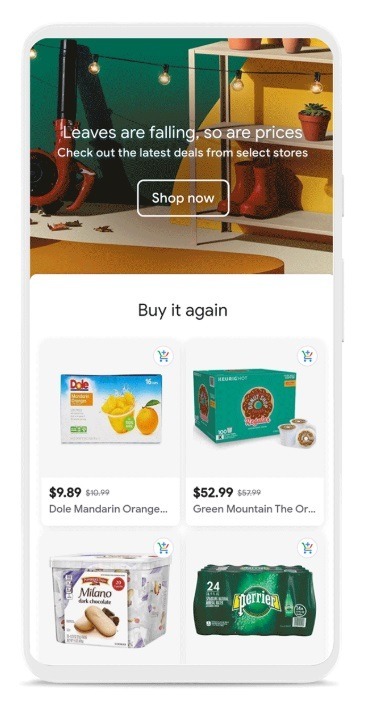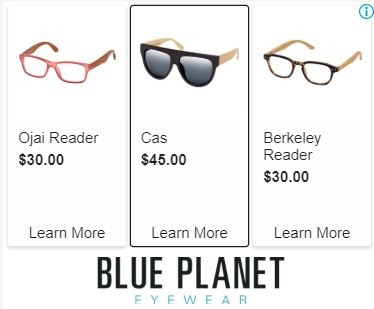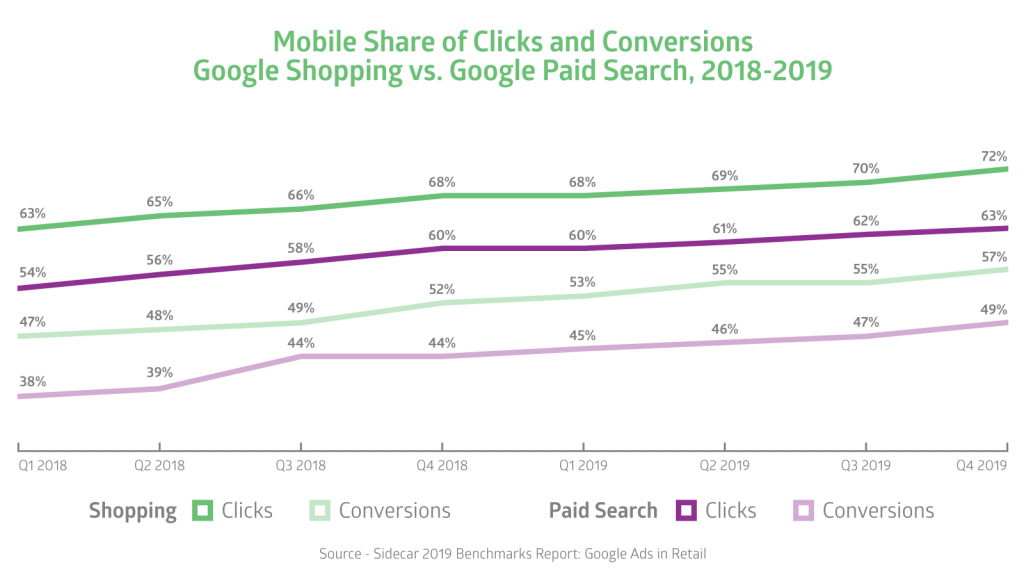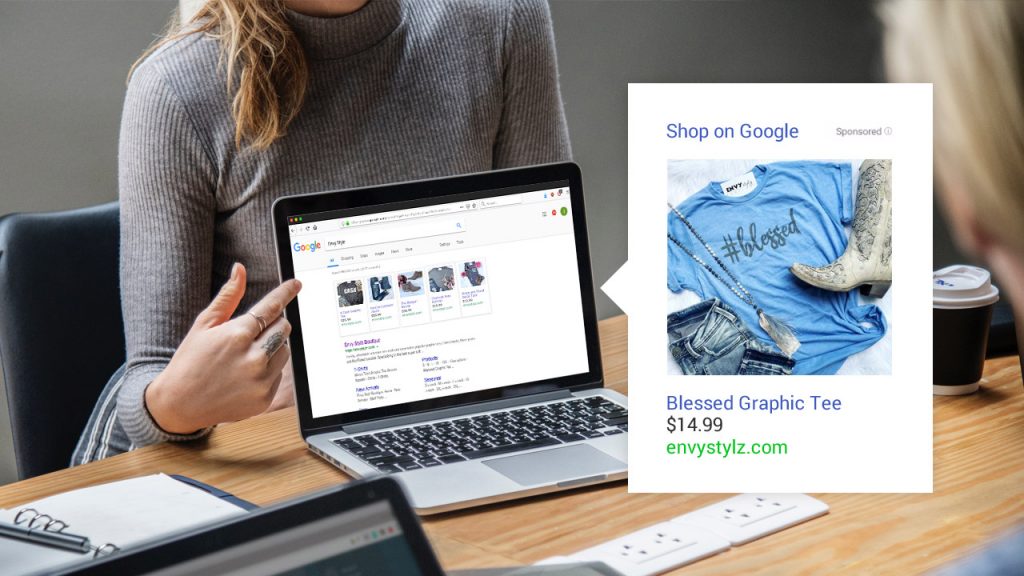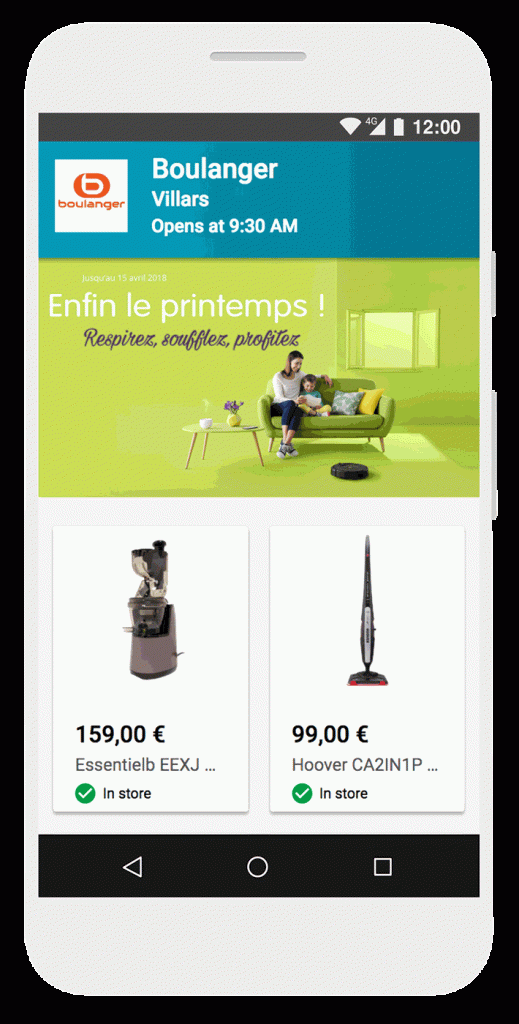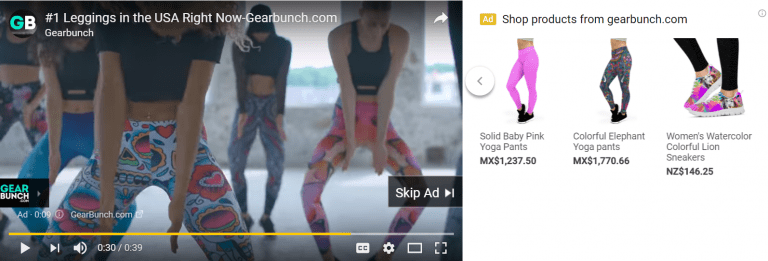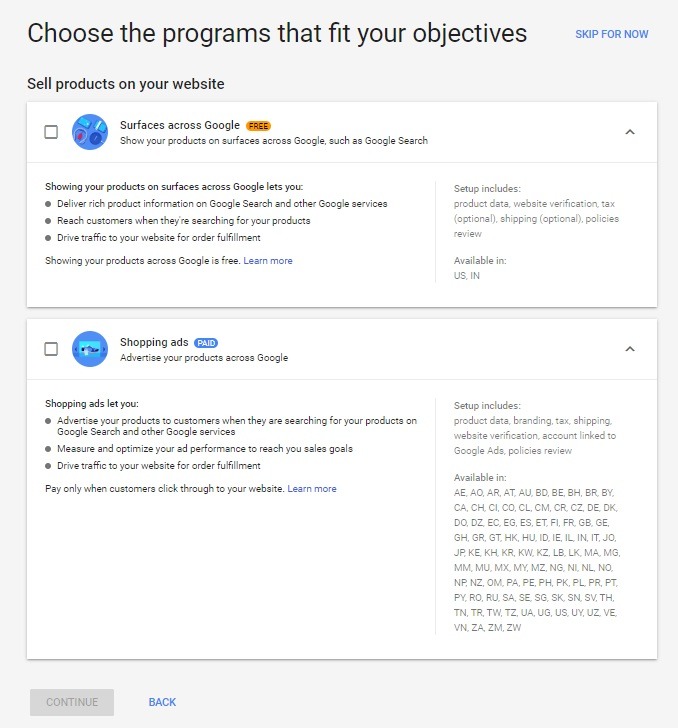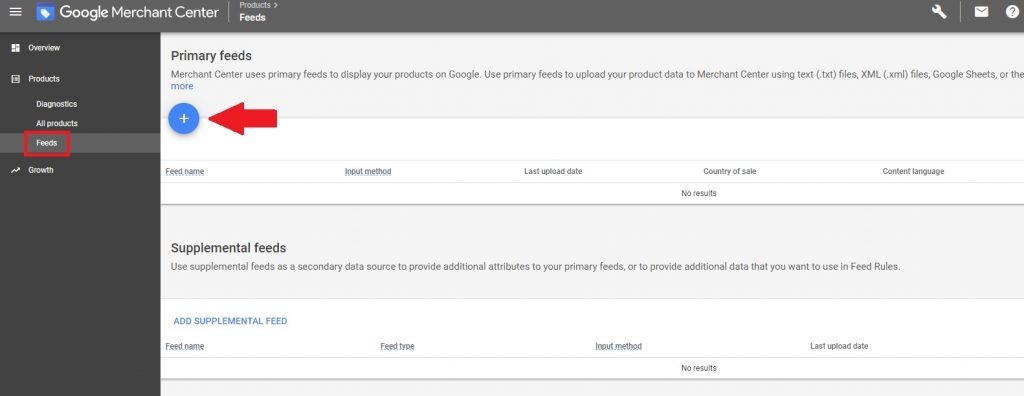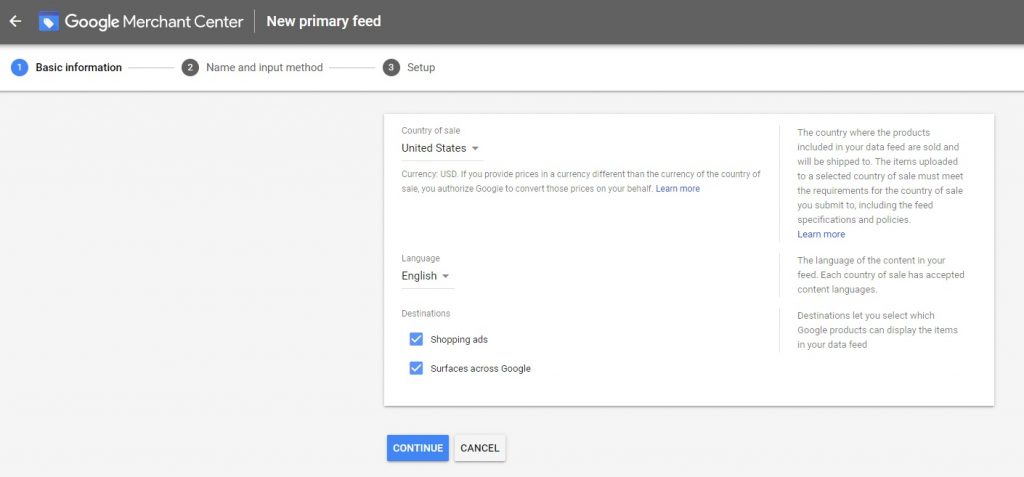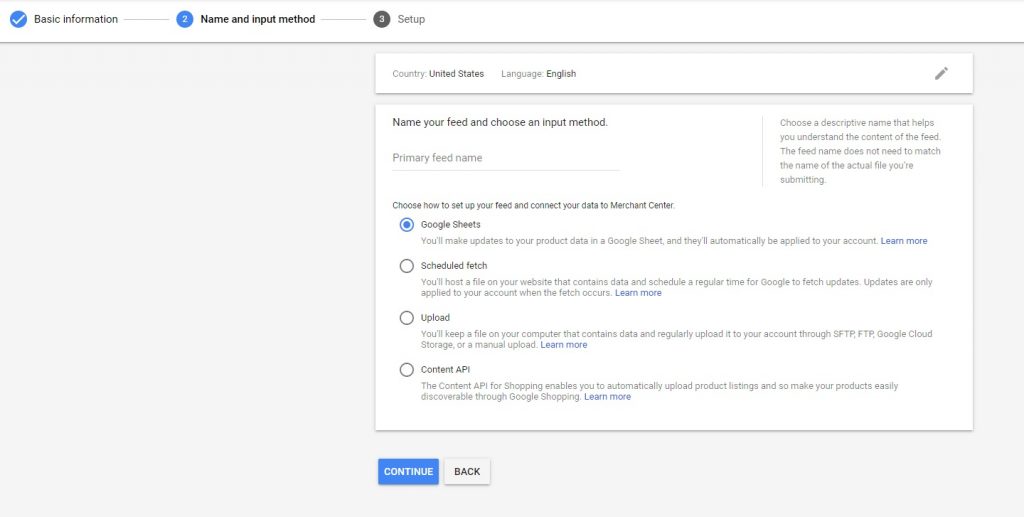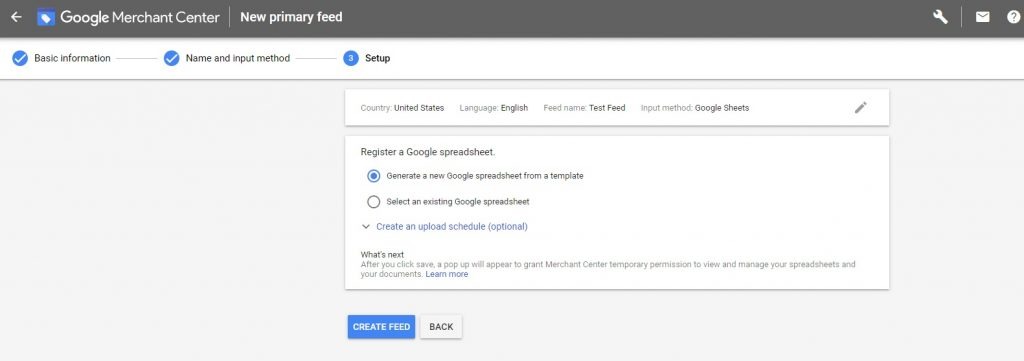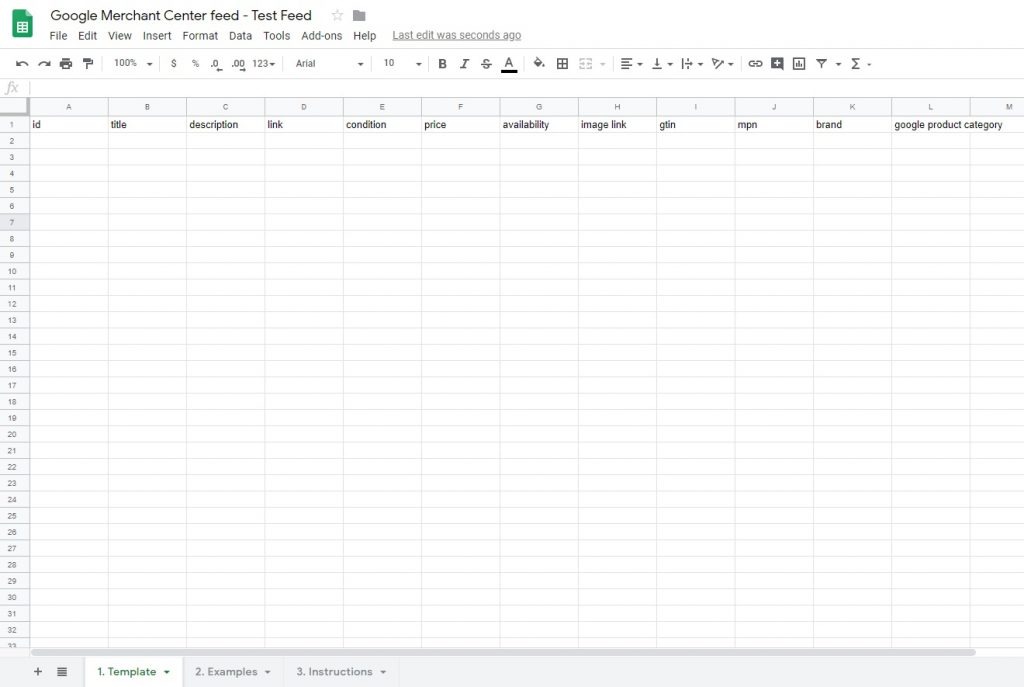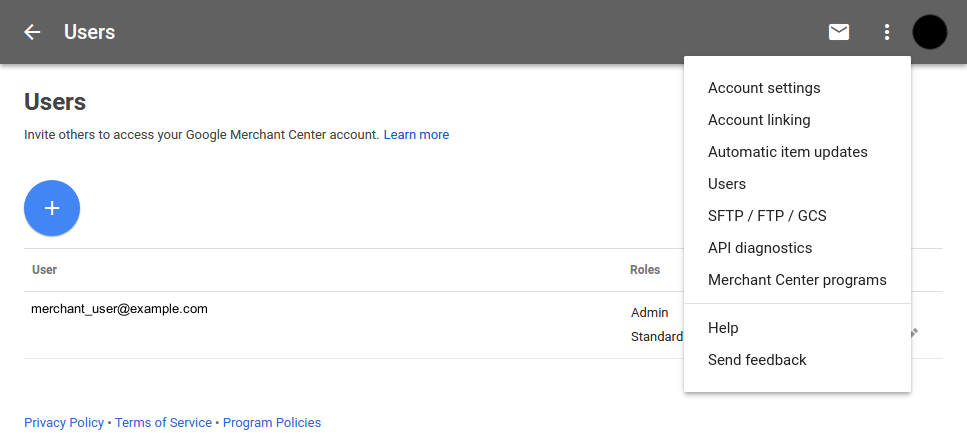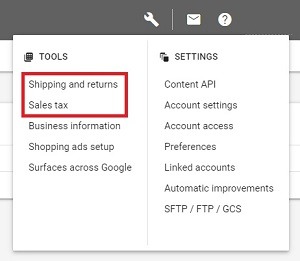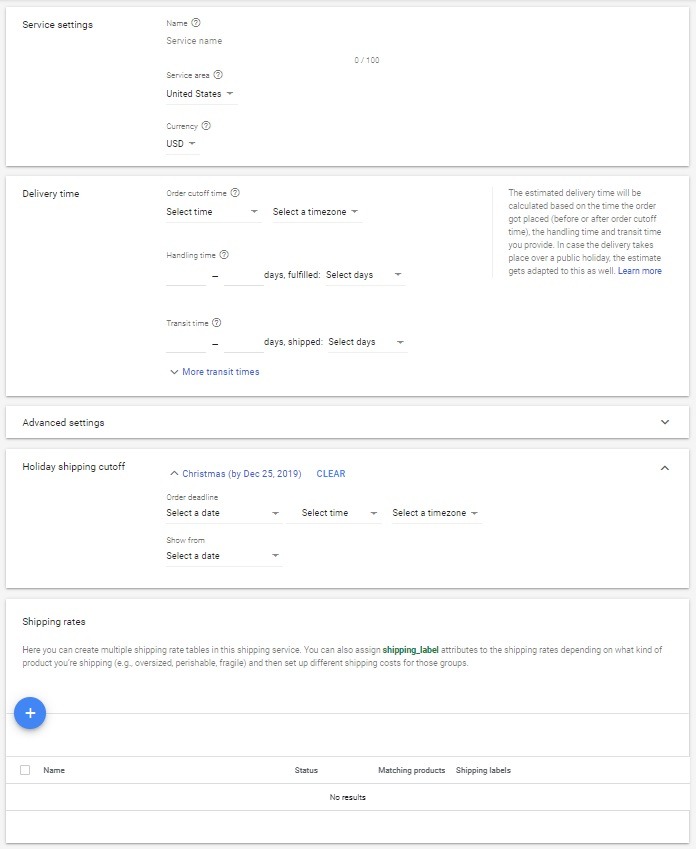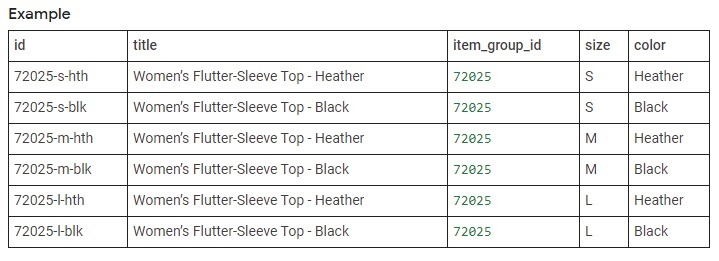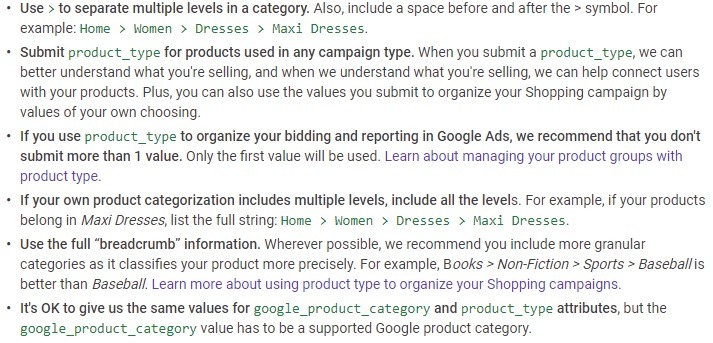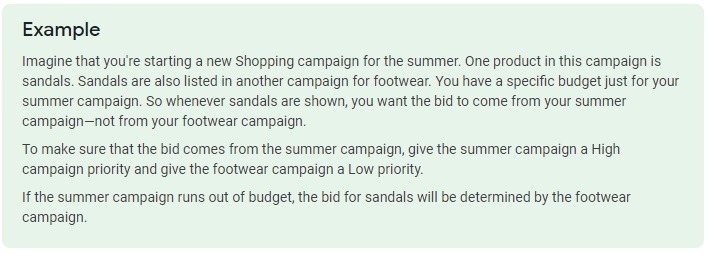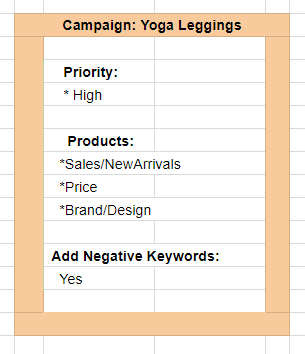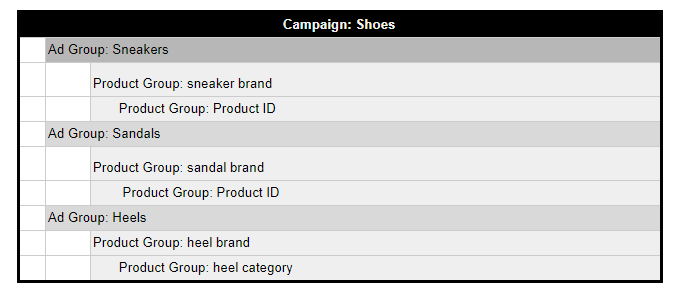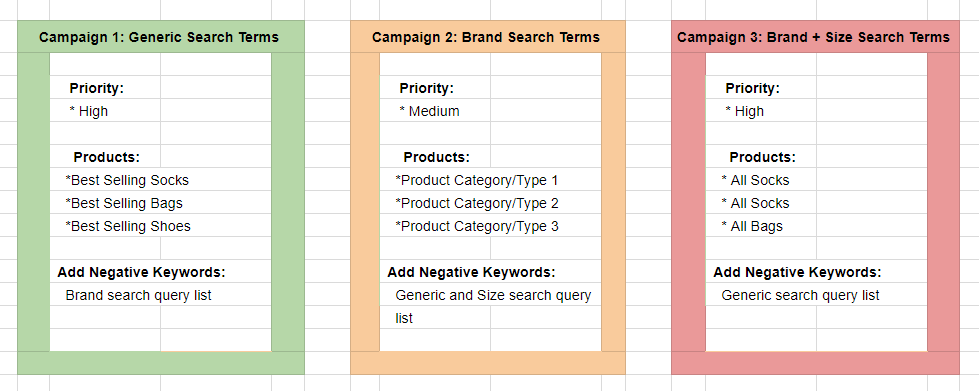Your ultimate 2021 Google Shopping guide, for every level advertiser – from beginner to expert – is here!
An eCommerce marketing strategy without Google Shopping is like cooking without a stove: you’ll manage with other equipment, but it will feel like you are going upstream without a paddle – backwards.
Why?
Because Google Shopping campaigns are the key to attracting high-intent shoppers to your store – shoppers who are very actively searching for exactly the types of products you are selling.
Displaying your products to highly interested shoppers in Search, Display, YouTube, partner sites and Google Shopping itself can have super positive effect on your conversion rates.
What are Google Shopping Ads?
Google Shopping ads harness the power of Google’s Merchant Center product feeds and Google Ads together, to create retail-centric campaigns. We will get into the nitty-gritty of how feeds work a little later on, but simply put, your product feed is an accumulation of your product data in a format that Google likes. While Google Ads is where you will create, manage and optimize your Shopping campaigns.
Unlike Google Search ads, with Google Shopping ads, Google uses product data – not keywords – to match you to a potential shopper actively looking for products you are selling. With Shopping campaigns, Google takes your product feed, site and bids into consideration when determining which products to show for a search query. Google Shopping ads are placed on:
- Google search result pages
- Google Search’s Shopping tab (in select countries)
- Partner websites
- Google’s Display Network
There is no denying that Google Shopping is a traffic-driving force, and whether you’re an aspiring online seller, newbie eCommerce entrepreneur or established online store brand – knowing everything about Google Shopping is the key to harnessing its sales-boosting powers. Here are just some of the benefits of having well-optimized Google Shopping campaigns.
5 Fantastic Benefits of Google Shopping Ads
1. Increased Highly-Targeted Traffic
Because Google Shopping was created to target people who are very actively searching for the type of products you sell, the potential shoppers you reach have a higher intent to purchase. Pair that with information-rich ads and visual product images – both of which help customers make informed purchasing decisions – and you’ve got very interested customers clicking directly to your products. And as we know, the better the traffic quality, the higher your chances of conversions.
2. Broader Potential Customer Reach
According to Google, brand reach within a single search could double with Google Shopping ads. How? Well, unlike other Google campaign types, Google will show more than one of your Shopping ads (if relevant, of course) and your Search ads at the same time, in a single search. This translates to broader presence opportunities for the same spend.
3. Better ROAS
Based on several case studies and our experience of helping 200,000+ eCommerce merchants with Google marketing, Shopping performs better than Search ads. Generally speaking, optimized Shopping campaigns could result in lower CPCs. Couple those lower CPCs with better, broader reach and higher conversion advantages and what do you have? Optimum ROAS! Take a look at some key mobile findings from Sidecar’s 2019 Google Ads benchmark study.
4. Easier Management and Optimization
As we know, finding the right keywords for Google campaigns can sometimes seem like a full-time job. With Shopping ads, Google uses your product data feed to decide which products to show, rather than keywords. Because Shopping campaigns use product attributes instead of keywords to match your ads to searching shoppers, optimization and management are easier than for other Google campaign types.
5. Better Data and Reporting
Google Shopping’s competitive data and reporting offer key insights into how your products are performing. This enables you to see things like the number of clicks a brand product gets by filtering product views, use impression share data and bid simulator tools to spot growth opportunities, and use benchmark data to assess your competitive landscape.
When it comes to winning at Google Shopping, we’ve got you covered. The key to being successful with your Google Shopping campaigns comes down to four vital things:
- Product feed creation and optimization
- Being creative with your Google Shopping campaign structures
- An expert, data-driven approach to bidding strategies
- Continuous campaign management, monitoring and optimization
In this full Google Shopping guide, we explore everything you need to know about Google Shopping for eCommerce and give you 8 steps to follow on your journey from novice advertiser to Google Shopping campaign expert – including all the tools you’ll need for doing everything from creating your first winning campaign from the start, to using expert strategies and optimization must-dos that enable you to harness the powerful conversion potential of Google Shopping.
Pro Google Shopping Tip: If you are already familiar and comfortable with Google Shopping and your campaigns are performing somewhat well, you can skip to our expert feed optimization hacks, here.
Let’s dive in!
Step #1: Get Familiar with Google Shopping Ad Types
Before we dive deep into this Google Shopping guide, it’s important that you understand the different types of Google Shopping ads, their placement, costs and specifications. Currently, there are five main subtypes of ads – Product, local catalog, TrueView and Smart Shopping campaigns – that use your Merchant Center product data feed. Let’s break each one down.
1. Product Shopping Ads
Product Shopping ads are created in Google Ads but populated by product data that you have uploaded to your Merchant Center account.
You can enhance your Google Shopping product ads with certain extra elements including:
- Add more product trust to your Shopping ads with product ratings. Shopping product reviews are a 5-star rating system, with a count of total reviews. Note: Your product will need to have at least three reviews for its rating to be eligible to show.
- Make use of Google’s free Customer Reviews service to collect valuable feedback – in the form of a post-checkout page survey – from converted shoppers. This data can, in turn, be used towards ratings and Product Ratings eligibility.
- For advertisers in Australia, France, Germany, India, the UK and the US, you can use Merchant Promotions for Shopping ads. This will enable you to use a promotion data feed to incorporate your online promotions into your Shopping ads.
Like with most Google PPC options, Product Shopping ads are charged using the CPC (cost-per-click) model.
To use Shopping campaigns, you will need to have set up Google Merchant Center and Google Ads accounts, and link them. Additionally, you will need to ensure all ads follow the Google Shopping Policies, which are different from the Google Ads policy, and be able to send up-to-date product data at least every 30 days.
2. Local Catalog Ads (LCAs)
The next type of Shopping ads is best suited for those selling both off- and on-line, with a physical shop. This is because LCAs use product feed data to highlight store-specific products, prices and information to drive foot traffic to your brick-and-mortar store.
As you can see, local catalog ads are designed to be highly visual and are placed in the Google Display Network. LCAs are available in all countries where local inventory ads are active. These ads are charged using CPE, and engagement is counted based on an online browser scrolling, tapping or clicking your ads.
3. TrueView for Shopping (YouTube)
Designed to make video ads more interactive, TrueView for Shopping campaigns uses your product data to generate up to six Shopping cards that appear on a video ad. They are created in Google Ads by selecting the ‘Product & brand consideration’ campaign goal and ‘Video’ campaign type, after which you would select the ‘Shopping’ campaign subtype.
Bonus Content: The Complete YouTube Ad Guide for eCommerce
4. Smart Shopping Campaigns
Lastly, let’s talk about the Smart Shopping campaign subtype. Combining Product Shopping and display remarketing campaigns, Smart Shopping uses automated ad placement and bidding, which simplifies campaign management while expanding your reach and maximizing conversions.
Combining Google’s machine learning and your product feed, Smart Shopping ads show a variety of ads across Google’s network, including Search, Display, YouTube and Gmail. Google will test image and text variations to find the best-performing ad to show potential shoppers, including Product Shopping, LCAs, Display and dynamic remarketing ad types.
To use Smart Shopping campaigns, you will need to have set up:
- Conversion tracking with transaction-specific values
- A global site tag on your website
- A remarketing list with at least 100 users
- Link to your Google Analytics account
Additionally, like with standard or Product Shopping campaigns, you will need to meet campaign requirements and ensure you’re following Shopping ads policies. Furthermore, it’s important to note that when it comes to advertising one specific product using different campaign subtypes for the same account, Smart Shopping campaigns will take priority over Product Shopping and display remarketing campaigns. Two other important things to consider about Google Smart Shopping campaigns:
- Conversion values will automatically be maximized for your set budget
- You will need to wait for Google’s machine learning to optimize (Google recommends giving your new campaign bid strategy 15 days to run before you start evaluating its performance)
Step #2: Set Your Google Shopping Goals and Get to Know Your Competition
The next step on your journey to Google Shopping success is setting your Google Shopping goals and mapping out your competition. This includes reviewing your store data and asking questions such as:
- What is your current CPA across your PPC marketing channels? What is your Google Shopping target CPA?
- Are you familiar with your current customers’ buying intent? What are they searching for on their journey to buying your products?
- What are your current best-selling products? Which of them are consumables, high margin, low competition products?
- Who are your closest competitors? What are their best-sellers? How do their products compare to your similar ones in terms of pricing?
Newbie Tip: If you have less experience with your data and doing competitive research, then these two posts will get you started: 13 Tools and Hacks for Spying on Competitors and A Complete Beginner’s Guide to Google Analytics for eCommerce.
Once you have looked at your data (existing store owners) or done your market research (new and existing store owners), you will want to choose which products to start with. As you will see when we outline campaign creation, you don’t want to run just one Shopping campaign with all your products. Instead, there are a variety of strategies you can use to group products by campaigns.
Additionally, if you are totally new to Google Shopping, your store is relatively new or you are running campaigns but your budget is limited, you will want to start with a few smaller campaigns – expanding as your business grows. In other words, start with a few select products and categories before going all in. Here are some product criteria to consider when choosing your Google Shopping products:
- Unique, low-competition products with high demand
- Products with higher margins/pricing, that yield higher profits
- Consumable products that people need to shop for regularly
- A collection of the best entry-level products that will help you build brand trust
Step #3: Upgrade Your Product Photos and Listings to Pro Level
Before you create an account, upload product feeds and build Shopping campaigns, you will want to review your store’s product photos and information. Why? Because this is where Google will draw product feed data from. When it comes to product photos, Google has very clear guidelines and your main product photo should follow them.
Your product photos should not have:
- Watermarks, logos or text overlays
- Borders
- More than one product type featured in the image
- Dark, patterned or multicolored backgrounds
Your product photos should:
- Show clearly the product being sold, in the right scale – taking up 75-90% of the image space
- Be clear and well-lit
- Have a solid white, gray or very light-colored background (you can read more about creating great photos here: Your Full Guide to White Background Product Photography)
- Be of good quality: free of blur, noise, pixelation or fading
Pro Tip: Google Merchant Center now offers an auto image improvement tool. With this tool, Google automatically removes promotional text to prevent your products being from rejected by Shopping ads. You can read more about this and other important 2019 Google updates here.
In a nutshell, you will want to review your product listings and upgrade the images and information of those key products you will be starting with, before creating your product feeds. Don’t know where to start? Here are two eCommerce guides that will help you navigate this:
- 28+ Global Photography Services, Marketplaces, Platforms and Tools for eCommerce
- Ultimate Guide to Product Photography for eCommerce
Step #4: Create and Set up Your Google Merchant Center Account & Product Feeds
Next on the list of must-do’s of this Google Shopping guide, it’s time to set up your Google Merchant Center account and create well-optimized product feeds – both of which are vital to the success of your Google Shopping campaigns. If you already have a Google Merchant Center account, you can click here to go to the next step: Managing and Optimizing Your Product Feed.
1. Google Merchant Center Account Setup
Head over to the Google Merchant Center and set up your account. Google has made the process pretty easy to navigate and follow, and will have your account set up pretty quickly.
Side Note: Before creating a Merchant Center account and setting up your product data, make sure you follow the Merchant Center guidelines.
During the very quick setup, you will be asked where your business is located and what your main objectives are.
2. Creating Your Product Feeds
It is now time to create your product data feed. From your Merchant Center account, you will want to click ‘Products,’ ‘Feeds’ and then the plus icon.
From there, you will input your basic information, your input method and do the setup.
If you only have a limited number of products, you can start with a manual feed. This is done by creating a feed from Google Sheets, which will look like this:
You will need to input the following product attributes manually for Google to use for product displays – information that you will update manually:
- Id: your unique product SKU
- Title: the title of your product, which should match the page title of that product page
- Description: the product description, which must match your product page
- Link: the product page URL
- Condition: the condition of your product: new, used, etc.
- Price: your product’s price, as shown on your product page
- Availability: whether a product is in stock, out of stock or on preorder
- Image_link: the link to the product’s main image on your store
- Gtin: the product’s Global Trade Item Number
- Mpn: the product’s Manufacturer Part Number
- Brand: name brand of your product
- Google_product_category: the product’s Google-defined product category
You can read more about Google’s product data specification here.
If you are a bigger-store owner who needs to upload a very large number of products to a feed, or have a store where product data changes very frequently, then we suggest you use Google’s Content API to directly upload your product data. This can be a little complicated for a new store owner, so make sure you follow these steps from Google or get some expert help.
3. Link Merchant Center Account to Google Ads
Lastly, in order for Google to access your product feeds for your Google Shopping campaigns, you will need to link your Merchant Center account to your Google Ads account. To do this, click on your Merchant toolbox and scroll down to ‘Linked accounts.’
Next, you will be taken to the ‘Google Ads’ tab, where you can link to your Google Ads account:
Easy as pie, right? Now comes the more complicated part.
Step #5: Managing and Optimizing Your Product Feed [Intermediate]
Whether you are creating your Google Shopping campaigns for the first time or want to improve your current Shopping stats, product feed optimization and management are super important.
In other words, this is something you will want to do before you create or optimize your campaigns if you want to guarantee Shopping success.
Why?
Because an unoptimized feed could not only be rejected by Google, but will ultimately cost you those juicy target-driven clicks.
Here’s the thing: the Google Shopping feed requires all kinds of parameters that you might not be using. Using the feed provided by your eCommerce platform “as is” will make Google skip products that lack those parameters. You need to optimize your feed to get the results you want. Now, you can either do this yourself, which we will outline below, or you can invest in a tool like Traffic Booster. Traffic Booster doesn’t just run your Google campaigns for you; it automatically fills out these parameters so that you don’t miss out on advertising any important products. This way,advertisers are able to increase the amounts of products available for Shopping ads.
For those of you optimizing your product feed yourself, this section of the Google Shopping guide is vital! Here are the top product feed elements (besides images, which we outlined above) that are vital to ensuring you have well-performing Google Shopping campaigns, and tips on how to manage and optimize them like a pro.
1. Using and Managing Custom Labels (Intermediate)
The first thing you will want to consider is custom labels. Although these aren’t used by Google to determine whether products should be triggered for user searches and are optional, creating custom labels will make your product feed optimization and management so much more efficient. This means that creating well-performing Google Shopping campaigns will be easier too.
Simply put, custom labels allow you to group or filter products by these labels, which you can then use for Shopping campaigns, reporting, bidding and even your shipping settings. Google offers 0-4 custom label attribution options. Here are some expert tips and best practices to consider when using custom labels:
- You can only use the custom label attributes for Shopping campaigns
- Across your account, you are able to create up to 1,000 unique labels for each custom label attribute
- You can create up to five custom labels for each product, choosing your own definition for each
- To automatically assign custom labels based on values, you will need to use feed rules
2. Shipping and Tax Product Feed Settings (Beginner)
When it comes to configuring your shipping and taxes, it’s much easier to do this at account level in your Merchant Center than filling it out for each of your products.
You can then edit your shipping per label (which we outlined above) if you have different products with different needs. Here’s a video on how to configure your shipping options:
3. Google Product Category Optimization (Intermediate)
Here’s the thing: you won’t get to create your own product categories when it comes to Google product feeds. Instead, your products will need to fit into Google’s extensive taxonomy and are automatically assigned. The optional product feed attribute google_product_category, however, can be used to override Google’s automatic categorization in specific cases. Google allows this override if you:
- Want to reassign products within your Shopping campaign structure – if you’ve defined any of your ad campaigns based upon Google’s product categories
- Are selling products in the US and need to change the classification so that the right US product tax is applied
- See that a product has been incorrectly matched to a category, which can happen with more complex categories such as apparel and accessories, mobile phones, or software – which require additional attributes
What you want to do is ensure your Google category is as close as possible to the ideal and then let the product type do the rest, being as specific as possible. You can view Google’s taxonomy here, but be warned: there are 6,000+ categories and subcategories.
4. Important Side Note About Apparel Variants
If you are selling in the apparel category niche or starting an online clothing store, you will need to include additional data points for your feed in the form of item_group_ids. This includes gender, age group, size, color, type, etc. Here’s an example of what not to do – and what to do instead – from Google.
You don’t want to show all of your variant options as a single value, like this:
Instead, for every product variant, you should have a unique feed item, like this:
And what would you do in terms of size and color?
Don’t use the item_group_id for products that aren’t product variants, such as related products or different styles.
5. Product Type Management (Intermediate)
Product types are another optional field in your product feed that can be very handy, especially if you’re struggling to find the right category.
Here are some pro tips from Google to help you go beyond the basic requirements:
6. Product Title Management and Optimization (Beginner)
When it comes to product title optimization, there is a very fine line between improving potential and being spammy. Your product titles need to be both descriptive and accurate, and as close to a product page’s title tag as possible.
What you don’t want to do:
- Keyword-stuff your titles – stick to one
- Include promotional text or use CAPS – which Google will veto
- Be overly vague or general with titles
So, what should you do? Here are our top product title optimization tips for your product feeds:
- Start with the most essential product information to ensure potential shoppers don’t miss it
- Stay within Google’s 150-character limit
- Include your primary keyword for that product, such as ‘maternity’ or ‘waterproof’
- Use identifiers like color, brand, size, etc. (someone searching for ‘pink Adidas short yoga leggings’ is more likely to convert than ‘yoga leggings’)
- Ensure your product titles accurately describe the product on your product landing page
7. Product Description Optimization
The next product feed must-do in this Google Shopping guide involves your product descriptions. They should not only be accurate, but include all the important features your products have.
Why should you put effort into optimizing product descriptions for your product feeds? Because well-optimized product descriptions:
- Build trust and manage expectations by outlining exactly what a customer would be buying
- Highlight key product features that can help you convert
- Increase your Search impressions
How? As we know, Google crawls product feeds to determine which product listing to show based on its relevance to a user’s search. Descriptions play a key role in this. They need to be well-structured and, similar to eCommerce SEO, keyword-stuffing will not work here.
So, how to optimize product descriptions for Google Shopping? Let’s start with what you don’t want to do. You shouldn’t:
- Ramble on unnecessarily; be concise and descriptive.
- Stuff your product descriptions full of irrelevant keywords
- Be vague; your descriptions shouldn’t tell a poetic story – they should describe the product
- Include promotional text, caps or links
And now the product description optimization must-dos:
- Start with the most relevant information – such as brand, product type and who the product is for – to ensure you make the most of the 145-180 characters available.
- With your remaining space, don’t forget important product features. This includes terms related to brand, size, patterns, texture, design, material, product use or special features.
- Include your main keyword – but be sure it’s relevant to your product description.
In short, you want to be as detailed and thorough as possible, without being spammy.
8. Product Price Optimization
Next, let’s talk price. Pricing can make or break your conversion rates, especially if you’re selling the exact same products as other online sellers. If you’re not offering anything unique and your prices are higher, you’re going to lose the sale – especially if they don’t know your brand too well and haven’t bought from you before. This is why we suggest starting with your most unique products or those that offer clear advantages over the competition – and keep them in different groups as your campaigns grow.
Remember those custom labels we went through? You can use custom labels to group high-, medium- or low-priced products so that you can use different bid strategies for each.
Bonus Content: How to Perfectly Price A Product in 3 Steps
But remember: when it comes to your product feeds, you must make sure the price on your product data matches your product’s landing page. Therefore, if you’re going to update your prices, you want to make sure you’re doing it on your site as well. The most accurate way to ensure this is to use Google’s automatic item updates. Automatic item updates make sure that your product data (price and availability) is always up-to-date in your Google Shopping ads. Google gives this example:
If your most recent data feed contains an item that costs $4 but your product landing page lists it as $3, we will update the item to $3 in your Shopping ad.
Now that you have a clear idea of which products you want to start with and have created your optimized product feed with custom labels, it’s winning-Google-campaign-building time.
Step #6: Know Your Google Shopping Campaign Settings
Next, let’s get to how you create the perfect Google Shopping campaigns for your online store. Creating Google Shopping campaigns starts from the same place (Google Ads account > New Campaign > Sales > Campaign Type: ‘Shopping’) as your other Google campaigns. However, it’s your Google Shopping advertising preferences where things get interesting.
Newbie Tip: For absolute Google Ads beginners, we recommend starting with this post: Everything eCommerce Advertisers Need to Know About Google Ads.
Here are the Google Shopping advertising preferences, in order of input, and tips on how to create a campaign that converts.
1. Country of Sale
The first thing you will need to do is select which countries the products included in your campaign will be sold and shipped to. It is important to note here, that once your Google Shopping campaign has been created, you won’t be able to edit your country of sale. Also, if you’re new to eCommerce and/or Google Ads, you might not be aware of the language and currency requirements for each country. You can find those here.
2. Inventory Filter
Like with any successful Google Ads campaign, segmentation is a key element to its success. Creating one campaign that includes all your products is just not going to cut it if you want to get the most sales for your budget.
By default, Google will match searches to any relevant products in your entire Google Merchant Center feed. The inventory filter (set at campaign level) is how you work around that. It is where you adjust or limit the number of products that will be used in the Google Shopping campaign you are creating. In a nutshell, this is where you choose the criteria of the products you wish to include in the campaign and only those products will be featured.
Although optional, we highly recommend using this feature to define an eligible product grouping, as this is how Google knows which groups of products in your inventory to match queries to. Unlike country of sale, you can edit your inventory filter after a campaign has been created.
3. Bidding
Next, it’s time to select the bidding type you want to use at campaign level. Like with other Google Ads campaign types, this is where you can choose either of the following:
- A manual CPC bidding strategy, where you set your own max CPC
- An automatic Smart Bidding strategy, including ‘maximize clicks,’ ‘target CPA,’ ‘target ROAS,’ ‘maximize conversions,’ ‘maximize conversion value,’ or ‘enhanced cost per click (ECPC)’
Think of this part of Google campaign setup as where you tell Google how you want to bid, not how much you want to bid – that comes later.
The campaign bidding strategy you select should be based on your overall goals for your campaign. For Google Shopping campaigns, we suggest starting with a Smart Bidding option such as ‘maximize clicks’ and ‘target ROAS.’ You can learn more about each automatic bidding strategy here.
4. Daily Budget
It’s now time to tell Google how much you are willing and able to spend on your campaign per day. Google will stop serving any ads in your Shopping campaign whenever this daily budget is met. We recommend that you start small, until you have managed to fully optimize your campaign. You can then edit this at any time.
Generally speaking, a Google Shopping campaign will have lower CPCs than any other campaign type; however, you need to first make sure it’s performing before you throw your whole budget in. For beginners or new campaigns, we suggest starting with a daily budget of $10-50.
5. Campaign Priority
Campaign priority is an important consideration when creating your Google Shopping campaigns.
Why?
Let’s say you have the same product in multiple Google Shopping campaigns and each of these campaigns has the same country of sale. Campaign priority lets Google know which campaign budget should be used when such an overlap occurs.
There are three campaign priority options for Google Shopping campaigns: low, medium and high. Here’s a simple example of a beginner Google Shopping campaign structure strategy, using the three bid types:
The default priority for any campaign you create will be low, and you can choose to change it to medium or high. Here are three rules from Google regarding how campaign priorities determine bids:
- Should one campaign have a higher priority than the others, the campaign with the higher priority will bid
- If the highest priority campaign runs out of budget, the lower priority campaign bids
- When multiple campaigns have the same priority, the highest bid is used
We strongly suggest that you use high or medium priorities for campaigns that have a specific subset of products, such as your best-sellers or promotional products, for example. This way, you are able to better manage bids for those sales periods or products more likely to convert.
6. Networks and Devices
By default, your Google Shopping campaign will show in Google’s Search Network, Search partners, YouTube and Google Discovery on the Display Network. Should you wish to limit network placement, just uncheck the ‘any networks’ box. The same goes for devices. Here, the default is all devices, including desktop and mobile, but you can exclude devices if you want to. Both can be edited at any time after a campaign has been created.
Beginner Tip: If this is your first campaign and you’ve got a limited budget, try excluding networks or only including devices your data shows your customers are using to shop at your store.
7. Locations & Local Inventory Ads
The last two Google Shopping preferences you set at campaign level are locations and local inventory ads. The former is where you limit where your ads will show. The latter is only necessary if you are selling offline as well, as it allows you to set whether you want your Shopping campaign to include products sold in local stores.
8. Build Optimum Google Shopping Ad Groups for Success
The next step in our guide to winning at Google Shopping campaigns is building your Shopping ad groups. These are super important because, as you know, groups will determine which ads are shown, the products groups you want included and how you will be bidding for them.
In short, the way you structure your Google Shopping ad groups will determine how you group products together and what you want to bid for those groups. For example, you could create one ad group that only includes your best-selling products – as per your custom labels. You could then set your bid and add negative keywords for that group of products especially.
Here’s a list from Google of the types of filters you can apply to your Shopping product groups:
- Product type
- Category
- Item ID
- Custom labels
- Brand
- Channel
- Condition
When building your Shopping ad groups the first thing to do is choose the types of ad groups you want to create. Currently, Google offers advertisers one options here: Product Shopping ads – which we outlined at the beginning of the post. For beginners, we highly recommend starting with Product Shopping ads.
After this, you will name your ad group, set your bids and then you’re done! Your first Google Shopping campaign is now running. Optimizing bids is where things get tricky, so let’s break it down for you.
Step #7: Optimizing Your Google Shopping Ads Like a Pro [Intermediate]
Let’s say you’ve created your first Google Shopping ad but it’s not performing as well as you need it to. By looking at your data, you will be able to determine whether you have picked the optimal bidding strategy and how to adjust accordingly. Here are three scenarios and what you can do to optimize your Shopping ads for better success.
Scenario 1: Products with High Clicks, Low Conversions
Good news – not only does Google find your products relevant enough to show searchers, but these potential shoppers are clicking those ads. The bad news? Those shoppers aren’t buying. In this scenario, your bids are correct and your products are relevant, but you can’t seem to convert that traffic into sales.
If this is an awareness campaign and you’re managing to bring some of that traffic back through Google remarketing campaigns at a later stage – which then converts – then awesome. If not, then you’re in trouble. So, how do you fix it? Here are three ways:
- It’s time to look more closely at your competitors and analyze how their product pages and store UX compare to yours. You should be checking things like shipping promotions, product page layout, implementation of reviews, pricing and product images – just to name a few. You can either do this manually, or automatically with the free Benchmark Hero tool. Benchmark Hero will compare your store to thousands of the largest stores in your niche – pinpointing what you can easily do to improve your store in a matter of minutes.
- Have you included negative keywords? You may want to consider that the clicks you’re getting aren’t targeted and relevant enough. By adding negative keywords and lowering your bids slightly, you can improve your conversion chances.
- Review your product feed to ensure you haven’t included any misleading information, so that you are managing expectations before potential buyers click your products.
Scenario 2: Products with High Impressions, Low Clicks
What about when your products are getting good impressions but few or no clicks? In this scenario, although Google finds your products relevant to search queries, users who are seeing your products aren’t clicking the listings. Here are two reasons why this may be happening:
- The biggest reason a shopper who is looking for what you are selling doesn’t click? Price! If your closest competitors are selling the same product for less, this could definitely discourage potential shoppers from clicking.
- Do your product images suck? Take a look at your competitors and compare how their products are photographed. You can upgrade your product photos by following this eCommerce product photography guide.
Beginner Tip: Can’t make sense of the data yet? Google’s Ad Preview and Diagnosis tool is a good way to pinpoint exactly what people are searching for and why they aren’t clicking your ads. You can read more about that here.
Scenario 3: Products with No Impressions
The last scenario you want to watch for is those products that have no impressions. If your ads aren’t getting any impressions but have not been rejected, then it is almost certain that your bids are too low. To fix this, raise your bids in increments until impressions have improved.
Pro Tip: Before changing a campaign’s bidding strategy, use Google’s bid simulators to assess how different bids might impact the performance of your product groups. They can be found in your ‘product groups’ tab.
Step #8: Get Creative With Google Shopping Campaign Structures
There are a number of Google Shopping campaign strategies you should be testing, based on your level of knowledge. A beginner, for example, may test one shopping campaign with one group. When comfortable, they could add groups for various groups of products or have a number of campaigns based on product types or priorities. The trick is to start small, optimize and then expand. And remember: test, test, test before you throw all your budget into a campaign.
We have included some Google Shopping campaign structures (with their degrees of difficulty) in this Google Shopping guide for you to test :
- One campaign with a single ad group (Beginner)
- One campaign with many ad groups (Beginner)
- Multiple campaigns with multiple ad groups (Intermediate)
- Three campaigns, each with different priorities (Intermediate)
- Three campaigns with three groups, using Query Sculpting (Expert)
- Three-tiered generic/brand priority Google Shopping campaign structure (Expert)
You can find out in detail how to implement each of these strategies by visiting our guide on The Best Google Shopping Campaign Structures for Max Success.
—
There you have it: your full Google Shopping guide, including everything you need to boost those sales. There is no denying that campaign management is both important and high-maintenance, but the rewards far outweigh the hassle. And remember, you can always use Traffic Booster to run your Shopping and other Google campaigns like a pro, without any additional cost to the budget you are spending on Google Ads.
Got Google Shopping questions? Post them in the comments below – our PPC experts are standing by!

Nicole is a content writer with over sixteen years experience and flair for storytelling. She runs on a healthy dose of caffeine and enthusiasm. When she's not researching the next content trend or creating business content strategies, she's an avid beachgoer, coffee shop junkie and hangs out on LinkedIn.
Recommended articles
 Facebook Ads for eCommerce: 16 Strategies, Examples & Tips
Facebook Ads for eCommerce: 16 Strategies, Examples & Tips
 How to Build a Winning eCommerce Ads Strategy
How to Build a Winning eCommerce Ads Strategy
 Google Ads for eCommerce: Everything You Need to Know
Google Ads for eCommerce: Everything You Need to Know
 10X Your Traffic with PPC Management Software
10X Your Traffic with PPC Management Software
Comments
Powered by Facebook Comments
